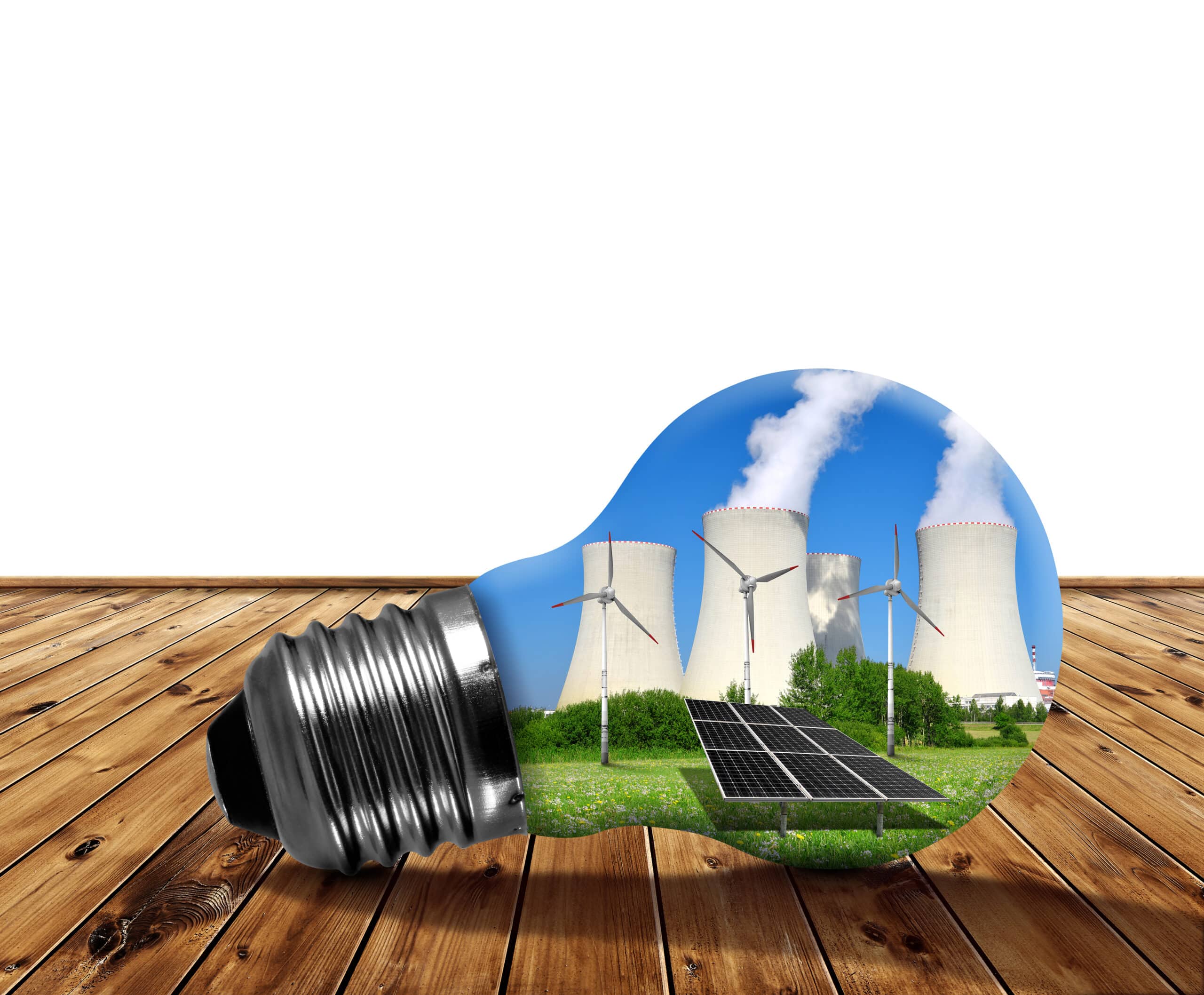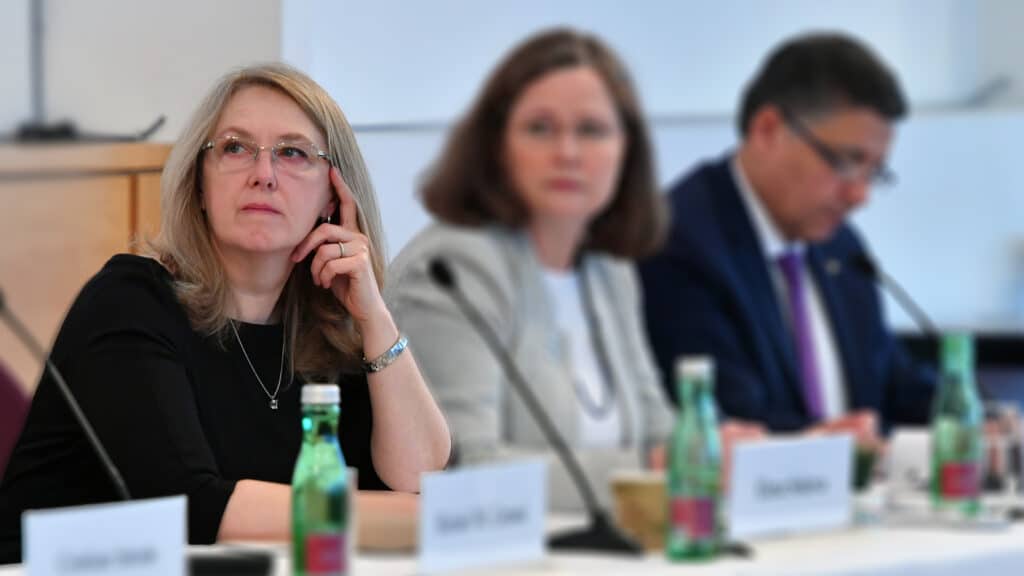New Horizons in Nuclear Power

Article written by Andrew Daniels.
The Paris Climate summit of 2015 emerged over a growing anxiety about increasing air pollution. In the hope of reducing its impact, rich and poor countries alike have pledged to reduce emissions and to reduce the use of fossil fuels. Estimates of the money involved to accomplish these pledges ranges from $18.6 b a year to $100b a year to $900b. The limited impact of wind and solar power as a tool to reduce emissions is ever more apparent, so at least some of this money will go to develop nuclear power if many of these pledges are kept. Even before the Paris Climate summit, nuclear power was set to expand to a number of countries.
There are currently 31 countries with nuclear power plants but this number may rise to 40 over the next decade. Only three countries had nuclear power in the 50s, this rose to eleven by the end of the 60s. The golden age for the expansion of nuclear power was during the 1970s, as 12 countries built their first nuclear power plant. However, there was shadow as well as sunshine during this golden age as several countries permanently abandoned their plans: Austria, Australia, Ireland and Norway. The pace slackened in the 80s when only seven reactors were built for the first time and a mere three did in the 90s: Mexico, China and Romania. The longest gap without any new country getting their first power plant lasted almost twenty years between the completion in 1996 of Cernavoda-1, Romania and Bushehr-1, Iran in 2013. Iran’s reactor project began in 1975 but it was bombed out by Iraq before it could be completed. In 1996, Iran invited Russia to complete the project and it was predicted it would be ready by 2001. Iran found money for enrichment activities but not to build the reactor. After much manoeuvering, it was put into operation in 2013.
After this long gap, nuclear power is once again expanding in new countries. This decade will see nuclear power plants in four countries for the first time (Jordan, the UAE, and Belarus), and the 2020s may be the best decade for the expansion of nuclear power since the 70s with planned reactors in Vietnam, Bangladesh, Turkey and Poland. There are plans in Ghana, Egypt, Nigeria and Indonesia for reactors though no sites have been selected or contracts signed. The financial environment for nuclear power has never been better, with extraordinarily low interest rates and a general expectation that they will be sustained over the medium-term future. In markets with certain economic growth and rising demand for electricity, this makes nuclear power a winner. Not only does this make financing nuclear power projects much cheaper in absolute terms, it also makes nuclear power more competitive compared to other sources of power. Cheap long-term credit reduces the impact of delays in construction, one of nuclear power’s greatest financial risks.
Nuclear power is blossoming in new fields across Asia. The plans of the United Arab Emirates have progressed the farthest, as the construction of four Korean OPR-1000 reactors at Barakah is well underway. They employ foreign labour extensively in many sectors and there is already demand for expat skilled workers in nuclear power. The next country in the Middle East to get nuclear power is the Kingdom of Jordan, where desalinization has been cited as a reason to build their first reactor. University programs are already in place to ensure workers will be available for this plant. The Khalifa University offers Masters and PhD programs whereas the Jordan University of Science and Technology offers only Bachelors programs in Nuclear Engineering. However, the first Jordanian research reactor’s construction only began in 2016, meaning the country really is starting from ground zero. The first nuclear power plant will begin operation within less than five years of the completion of the research reactor, so there may be a distinct shortage of workers with hands-on experience.
Desperately short of electricity, Bangladesh does not have nuclear power like India and Pakistan. If they had not separated from West Pakistan, it is probable they would have a nuclear power plant by now. Vietnam plans 10,000 MWe of new nuclear power output by 2030. However, plans to begin construction on Russian VVER-1000s have been repeatedly rescheduled, and currently construction is not anticipated to begin before 2019. The intention to develop was first announced in 2006 and in the interim, the plans for VVER-1000s have been replaced by VVER-1200s. In anticipation, three Vietnamese universities offer programs related to this. Starting in 2012, a six-week training program has given these graduates additional hands-on experience, in co-operation with Paks nuclear power plant and the Budapest University of Technology and Economics.
Communist Poland built a nuclear power plant, but its construction was interrupted by the fall of Communism. A fresh initiative to develop nuclear power has proven to be a key link to align the alliance of the ‘Visegrad Four’, Poland, Hungary, Czech Republic and Slovakia. These countries all seek to support or expand nuclear power and co-operate to counter-balance what they see as an EU bias against nuclear power. Poland is currently considering sites and reactor vendors with a goal of beginning construction in 2019. East of Poland, Belarus is one of the Soviet Republics that never developed nuclear power. This will be remedied as Ostrovets, Belarus will be the second site with an advanced Gen III VVER-1200.
Moderate economic growth in Africa has accentuated the gap between limited electricity supply and growing demand. State institutions are slow to respond to this, but gradually plans for increased investment in electrical supply are taking shape. Nuclear power will be in one or more of these plans. The most likely seems Ghana, a middle-income West African state that has thrived on exports of gold and cocoa. It has one of the higher incomes per capita in sub-Saharan Africa among non-oil producers, and richer per capita than Bangladesh. Nigeria is another likely candidate and there is no doubt the Nigerian state would have the revenue to make good on a plan to build a nuclear power plant. Both countries operate research reactors and seem to have a sincere commitment to developing nuclear power.
The development of an entirely new industry almost inevitably creates a skill shortage. This creates short, medium and potentially long-term demand for expatriate labour, expanding the international market for experienced workers in the nuclear power industry. Governments have an incentive to remedy this skilled labour shortage, preferring domestic labour for political and economic reasons, but this is harder to achieve than it sounds. Almost no progress can be made in a decade, and even over longer time-spans there will still be opportunities for skilled workers, particularly those with strong relevant language skills.
What do these projects have in common? Nearly all of them use VVER designs and come packaged with funding incentives from Moscow. A new business model for nuclear power is being pioneered by Rosatom to promote sales, whereby a reactor purchase is incentivized with soft loans or the risk is reduced by an equity partnership, where Russia owns half or less of the equity. This has reduced the perceived risks with starting a nuclear power plant for the first time.
 Andrew Daniels is the author of After Fukushima: What We Now Know, a history of the fear reactions towards nuclear power and radiation. This book will be available in the summer of 2016 on amazon.com. A historian with three degrees, a Hon. B.A. in History and Japanese Studies, B. Ed, and a M.Is, he is polyglot, fluent in English, French and Japanese plus a smattering of German, Italian and Swedish.
Andrew Daniels is the author of After Fukushima: What We Now Know, a history of the fear reactions towards nuclear power and radiation. This book will be available in the summer of 2016 on amazon.com. A historian with three degrees, a Hon. B.A. in History and Japanese Studies, B. Ed, and a M.Is, he is polyglot, fluent in English, French and Japanese plus a smattering of German, Italian and Swedish.
Share this article
Related articles
Help us grow and achieve your potential at a values-driven business.





